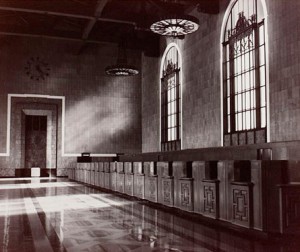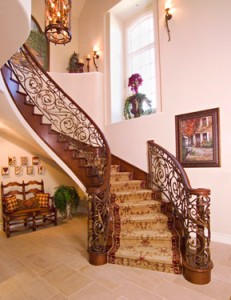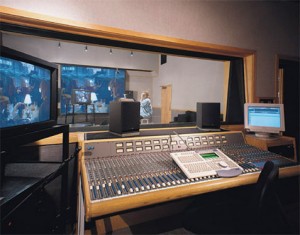Getting a good exposure is important, but getting the right light is MUCH more important. Digital cameras make this much
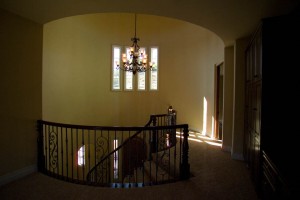
This is what the shot looked like without strobes. It is the right exposure, but the wrong light.
easier than ever before! People often rely on a meter when they should look at what they are doing. But even when I shot film for a living I didn’t rely on the meter, I relied on the Polaroid instant images I made with the camera. I suspect part of the difficulty is that it is frightening to turn the meter off and rely on your eye and proof image and histogram, but now that we have these tools we should not be so afraid to turn off the meter.
In teaching classes I keep trying to find ways to say that you have to move into the land BEYOND metering. When you use a strobe meter you get a response that tells you how to make a middle density, but the meter doesn’t tell you how to make it look right. There is no automatic way to make it look right, only the application of brains can do that. When I make a shot with strobes and a digital camera, the first thing I do is to put the camera on manual. The camera meter can’t read strobes, except for the proprietary strobe. So the camera meter is useless. I do not use a hand held strobe meter, as it doesn’t give me useful information. The only things I pay attention to are the histogram and the proof image on the camera back, or, even better, an image on a computer tethered to the camera. More than metering these two tools tell you about your image.
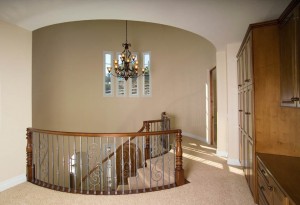
In this version I've put in a couple of lights and things look better. I know what to do becaues I am examining what I've done step by step.
Let me suggest a plan for seeking the right exposure:
1) Set the shutter speed to the sync speed.
2) Set the aperture to your middle aperture, whatever that is on the lens you are using
3) Take a picture, it will probably be wrong.
4) Move the aperture dial to let in more or less light based on test exposure 1, you can look at the histogram to help determine how much to change the aperture, but the proof image should tell you if you need to change the exposure a lot or a little. If you are using more than one light consider the balance of the lights. Remember the aperture affects the strobes, the shutter speed doesn’t.
5) More test exposures and changes of light placement and light power until the strobes are right.
6) If you need to use ambient light increase the shutter speed until the balance looks right. This same technique will work if you are mixing strobes and daylight. This was why the Polaroid bill was so high with film cameras, but with digital these test exposures are free, so we should not be afraid to make them. If you practice this you will actually end up being able to find the right exposure quite quickly.
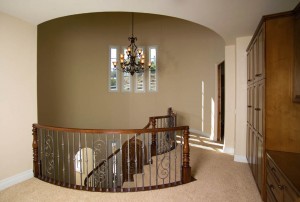
In this version I added a couple more lights to open up the far wall with more light. No meter could have done this. I need to look at what I'm doing.
This is the essential trick with strobes, to evaluate and change our images in search of the right levels for our lights and our exposures. With the histogram and the proof image on camera or in the computer we have better tools for creating the right exposure than any meter could give us, but it does take repeated testing. If you use a hand-held meter you will get an answer, but very often it will be profoundly wrong.
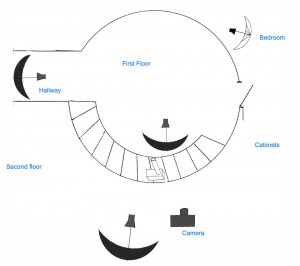
This shows the final placement of the lights.
 I want to just include an update of my publishing projects. My first book, now titled Understanding and Controlling Strobe Lighting, A Guide for Digital Photographers is due out in the fall. I’ve attached a copy of the cover. Of course I’ll post ordering information as soon as it is available. My publisher Amherst Media has accepted the outline for my second book. This is tentatively titled: Lighting spaces, a photographers guide to lighting architecture, commercial and other big spaces with flash and ambient (light)
I want to just include an update of my publishing projects. My first book, now titled Understanding and Controlling Strobe Lighting, A Guide for Digital Photographers is due out in the fall. I’ve attached a copy of the cover. Of course I’ll post ordering information as soon as it is available. My publisher Amherst Media has accepted the outline for my second book. This is tentatively titled: Lighting spaces, a photographers guide to lighting architecture, commercial and other big spaces with flash and ambient (light)